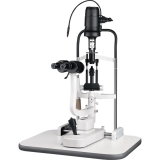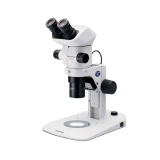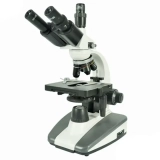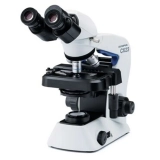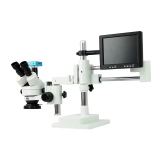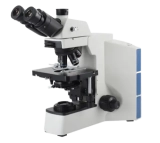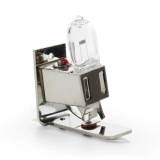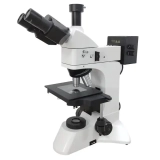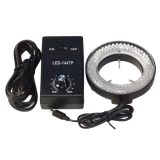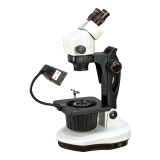Light Field Microscopy (LFM) is a cutting-edge scientific imaging technique that has seen significant development over the past decade. This innovative ...
Microscopes are instrumental in broadening our understanding of the world around and within us. They serve as gateways to the microscopic universe, enabling us ...
An inspection microscope is a specialized imaging device used by professionals across various industries, from manufacturing to scientific research, to closely ...
The concept of the compound microscope can trace its roots back to the late 16th century when the earliest version of a multi-lens microscope was devised. It ...
Microscopes have been pivotal in the progression and exploration of microbiology, shedding light upon the intricate and unseen world of microorganisms. The ...
The stereo microscope, also known as a dissecting microscope, traces its origins back to the 19th century and was notably improved upon by Carl Zeiss, a ...
A fluorescence microscope is an innovative optical microscope specifically designed to study the properties of organic or inorganic substances using the ...
The history of the microscope lamp, an essential component of the microscope, traces back to the early 16th century. Initially, studies using microscopes were ...
A metallurgical microscope, also known as a metallograph, is a specialized type of microscope designed to analyze and inspect the structure and properties of ...
Microscope LED lights are a revolutionary component that's effectively advancing the microscopy field. LED stands for Light Emitting Diode and this type of ...
A gem microscope, as the name suggests, is a powerful magnification tool specifically designed for the examination and evaluation of precious gemstones. Unlike ...

